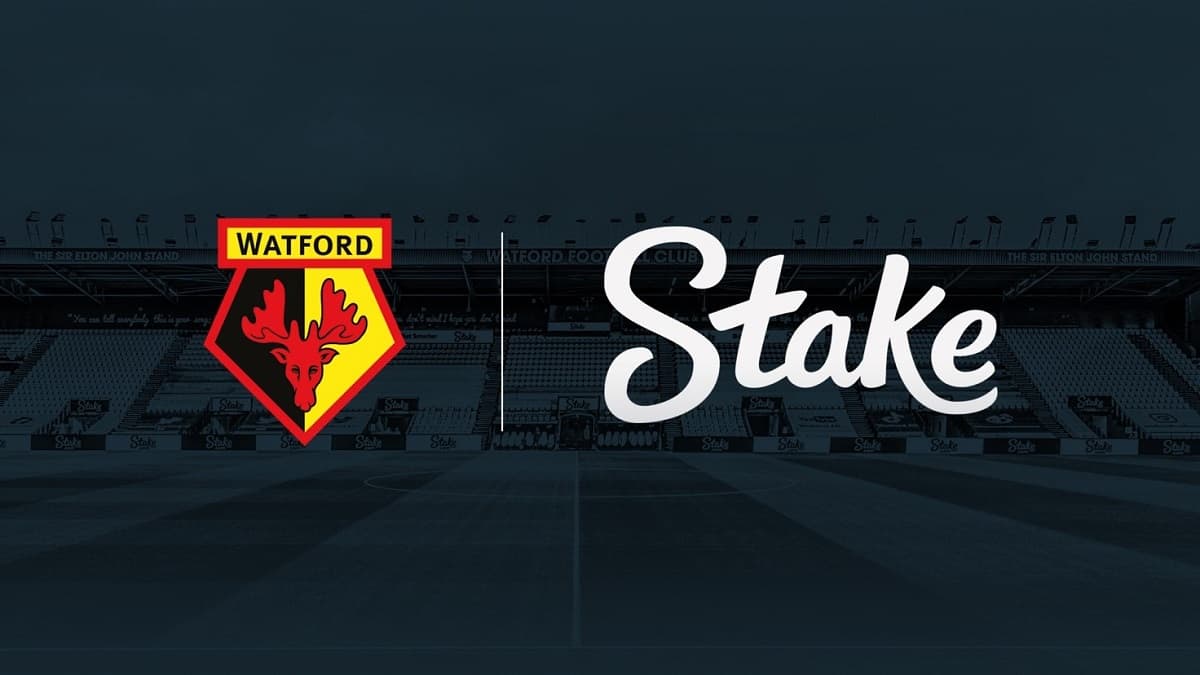Frahm: Framing the Metaverse
Non-fungible tokens have been the hot topic of 2021 – there’s no other way around it. Their astronomic rise had the entire industry in awe, and while many might have anticipated the growth, it’s highly unlikely that anyone foresaw the rate at which it happened.
Another thing to consider is that non-fungible tokens (NFTs) were also the primary on-ramp for retail investors in the field throughout 2021 (perhaps along with some other trends that weren’t as lasting).
And while NFTs have a huge number of possible use cases, art became the predominant narrative. This is also one of the reasons for which it’s hard to determine whether their wild valuations are bubbly or justified. In any case, many projects were launched, each one of which determined to digitize art in this growing digital economy.
However, it seems that a very integral part of a painting or a picture that NFTs most commonly represent is the frame. And rarely do we see an NFT project with enough attention to its framing.
“A picture without a frame is like a soul without a body”
This is a quote by the famous Vincent van Gogh – arguably one of the legendary painters. And this is exactly where Frahm comes into the picture.
What is Frahm?
The idea behind Frahm was conceptualized at the beginning of 2021, propelled by the increasing propagation of non-fungible tokens within the traditional art world. This is what led to ideations around the physical exhibition of NFTs in existing brick-and-mortar galleries.
Enters Athena van Frahm – a gallery owner and a Ph.D. in History of Art. The team behind the project says that they first focused on physical NFT frames, defining requirements around aspect ratios, frame types, digital display, sizes, wallet integration, user interface, and so forth.
In the end, though, they decided to take a different path. They believe that most of the galleries and exhibitions will exist and will take place virtually, whereby the natural environment for NFTs would be the metaverse. This could, in theory, dwarf the exposure of art in the physical world.
Frahm’s core thesis is that said NFTs in the metaverse will be framed. There are various examples of Web3 galleries.
Frames as NFTs
Digital frames will also be non-fungible tokens. Here, it’s paramount to remember that frames play a massive part in the history of art – they enhance and embody it. In a way, they are intrinsic to it.

Yet, this hasn’t caught up in the metaverse yet. There’s still room for improvement in this department, especially compared to the significance and overall usage of frames in the physical world.
Frames have the capacity to enhance digital art for creators, collectors, and for the galleries themselves. When one spends capital on an art piece, it’s only logical for the space to reflect its value. And while frames bring further beauty to art, there’s also art in framing.
Since this is such a new primitive, it’s entirely possible to imagine an avenue where digital frames become of such significance as physical frames. After all, we can already see the advent of digital art.
For more info – follow Frahm on Twitter.









